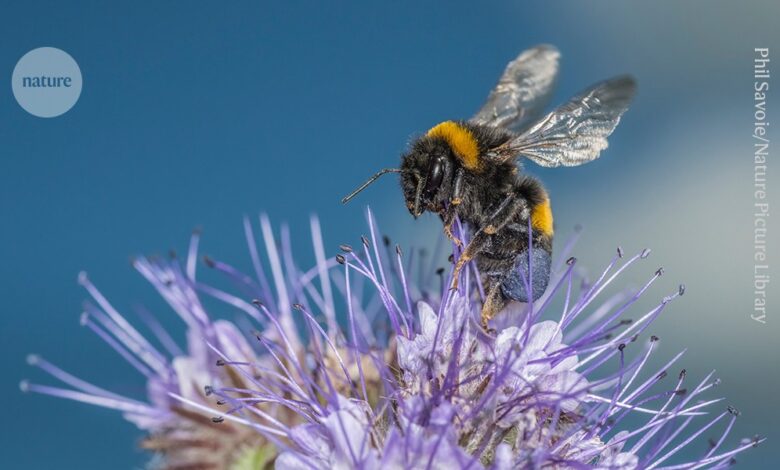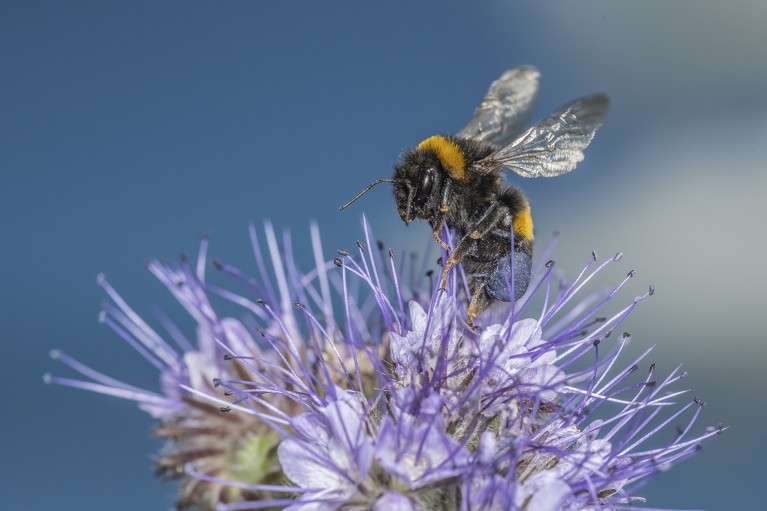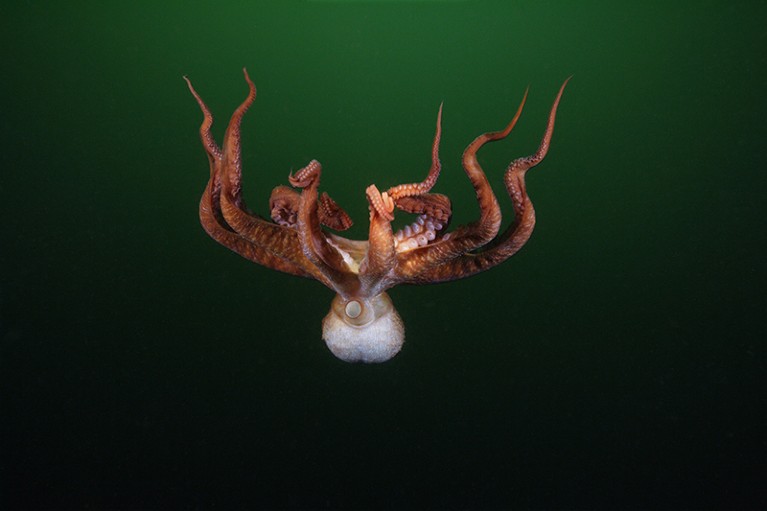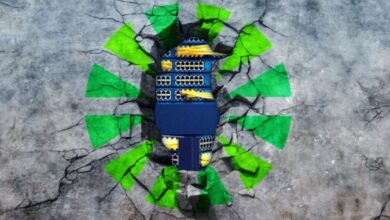Do insects have an inner life? Animal consciousness needs a rethink


Growing evidence indicates that insects such as bees show some forms of consciousness, according to a new scientific statement.Credit: Phil Savoie/Nature Picture Library
Crows, chimps and elephants: these and many other birds and mammals behave in ways that suggest they might be conscious. And the list does not end with vertebrates. Researchers are expanding their investigations of consciousness to a wider range of animals, including octopuses and even bees and flies.
Armed with such research, a coalition of scientists is calling for a rethink in the animal–human relationship. If there’s “a realistic possibility” of “conscious experience in an animal, it is irresponsible to ignore that possibility in decisions affecting that animal”, the researchers write in a document they call The New York Declaration of Animal Consciousness. Issued today during a meeting in New York City, the declaration also says that there is a “realistic possibility of conscious experience” in reptiles, fish, insects and other animals that have not always been considered to have inner lives, and “strong scientific support” for aspects of consciousness in birds and mammals.
As the evidence has accumulated, scientists are “taking the topic seriously, not dismissing it out of hand as a crazy idea in the way they might have in the past,” says Jonathan Birch, a philosopher at the London School of Economics and Political Science and one of the authors of the declaration.
The document, which had around 40 signatories early today, doesn’t state that there are definitive answers about which species are conscious. “What it says is there is sufficient evidence out there such that there’s a realistic possibility of some kinds of conscious experiences in species even quite distinct from humans,” says Anil Seth, director of the Centre for Consciousness Science at the University of Sussex near Brighton, UK, and one of the signatories. The authors hope that others will sign the declaration and that it will stimulate both more research into animal consciousness and more funding for the field.
Blurry line
The definition of consciousness is complex, but the group focuses on an aspect of consciousness called sentience, often defined as the capacity to have subjective experiences, says Birch. For an animal, such experiences would include smelling, tasting, hearing or touching the world around itself, as well as feeling fear, pleasure or pain — in essence, what it is like to be that animal. But subjective experience does not require the capacity to think about one’s experiences.

The consciousness wars: can scientists ever agree on how the mind works?
Non-human animals cannot use words to communicate their inner states. To assess consciousness in these animals, scientists often rely on indirect evidence, looking for certain behaviours that are associated with conscious experiences, Birch says.
One classic experiment is the mirror test, which investigates an animal’s ability to recognize itself in a mirror. In this experiment, scientists apply a sticker or other visual mark on an animal’s body and place the animal in front of a mirror. Some animals — including chimpanzees (Pan troglodytes)1, Asian elephants (Elephas maximus)2 and cleaner fishes (Labroides dimidiatus)3 — exhibit curiosity about the mark and even try to remove it. This behaviour suggests the possibility of self-awareness, which might be a sign of consciousness.
In an experiment with crows (Corvus corone)4, the birds were trained to make a specific head gesture whenever they saw a coloured square on a screen, a task they carried out with high accuracy. While the birds performed the task, scientists measured the activity in a region of their brain associated with high-level cognition. The birds’ brain activity correlated with what the birds were reporting, not with what they were actually shown. This suggests that they were aware of what they were perceiving, another potential marker of consciousness.
Invertebrate inner lives?
Another experiment showed that octopuses (Octopus bocki)5, when picking between two chambers, avoided one where they had previously received a painful stimulus in favour of one where they were given an anaesthetic. This suggests that they experience and actively avoid pain, which some researchers think indicates conscious experience.

Research shows that octopuses avoid pain, which some scientists take as a sign of consciousness.Credit: Brandon Cole/Nature Picture Library
Investigations of fruit flies (Drosophila melanogaster) show that they engage in both deep sleep and ‘active sleep’, in which their brain activity is the same as when they’re awake6. “This is perhaps similar to what we call rapid eye movement sleep in humans, which is when we have our most vivid dreams, which we interpret as conscious experiences,” says Bruno van Swinderen, a biologist at the University of Queensland in Brisbane, Australia, who studies fruit flies’ behaviour and who also signed the declaration.
Some suggest that dreams are key components of being conscious, he notes. If flies and other invertebrates have active sleep, “then maybe this is as good a clue as any that they are perhaps conscious”.
Animal minds
Other researchers are more sceptical about the available evidence on animal consciousness. “I don’t think there is basically any decisive evidence so far,” says Hakwan Lau, a neuroscientist at the Riken Center for Brain Science in Wako, Japan.
Lau acknowledges that there is a growing body of work showing sophisticated perceptual behaviour in animals, but he contends that that’s not necessarily indicative of consciousness. In humans, for example, there is both conscious and unconscious perception. The challenge now is to develop methods that can adequately distinguish between the two in non-humans.
Seth responds that, even in the absence of definitive answers, the declaration might still have a positive influence in shaping policies relating to animal ethics and welfare.
For van Swinderen, the time is right to consider whether most animals might be conscious. “We are experiencing an artificial-intelligence revolution where similar questions are being asked about machines. So it behoves us to ask if and how this adaptive quality of the brain might have evolved in nature.”
References
-
Gallup Jr, G. G. Science 167, 86–87 (1970).
-
Plotnik, J. M., de Waal, F. B. M. & Reiss, D. Proc. Natl. Acad. Sci. USA 103, 17053–17057 (2006).
-
Kohda, M., et al. Proc. Natl. Acad. Sci. USA 7, e2208420120 (2023).
-
Nieder, A., Wagener, L. & Rinnert, P. Science 369, 1626–1629 (2020).
-
Crook, R. J. iScience 24, 102229 (2021).
-
Anthoney, N. et al eLife 12, RP88198 (2023).



